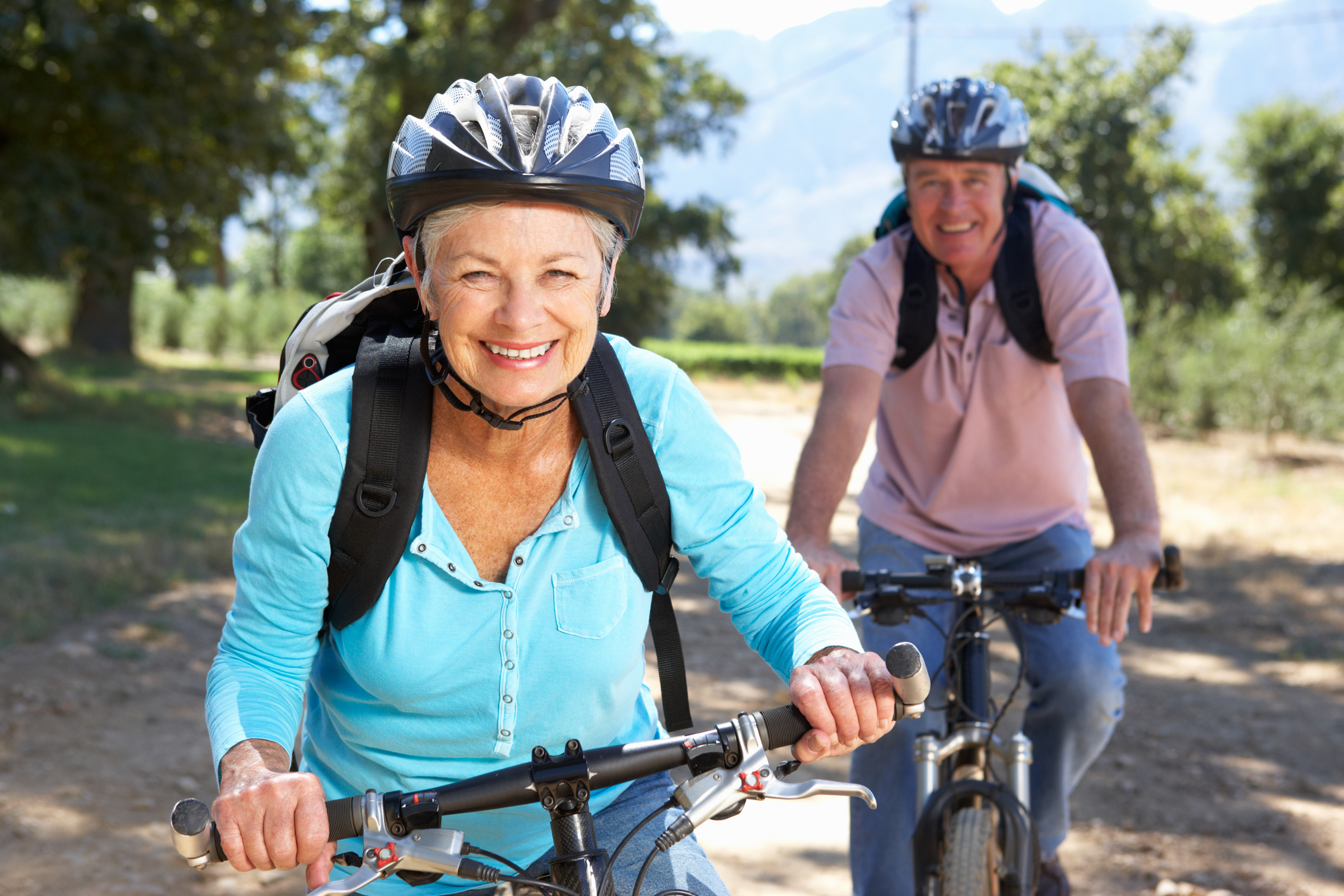Return to News & Updates

Bike Safety Tips

Each year in the United States, there are approximately 800 deaths, 500,000 injuries treated in emergency rooms, and 1.2 million visits to physicians’ offices or clinics that are attributable to bicycling. With May being National Bike Safety Month, REMSA would like to remind bike riders of some important safety tips.
Quick Overview of Tips for Bicycle Safety
- Always wear your bicycle helmet when you ride your bike.
- Do an ABC Quick Check every time before you ride – Air in the tires, Brakes that work and Chain operating smoothly, and Check of the whole bike working properly.
- When exiting a driveway, stop, look left, look right, look left again, and exit only when there is no traffic.
- Ride on the RIGHT with the flow of traffic.
- Obey all traffic rules including stopping at all STOP signs and all traffic lights.
- Do not ride in the wrong direction on one-way streets.
- Use proper hand signals to indicate turns.
- Ride single file.
- Give the right of way to pedestrians.
- Ride a bike that is the right size for you.
- Carry no passengers (except on approved baby seats).
- Make sure you have a reflector on the front and rear of your bike.
What to wear when biking:
- Fluorescent green, yellow or orange are all great choices. If you’re wearing these colors, other bikers, motorists and pedestrians will be able to see you better.
- Look for fabrics that are cool and lightweight. (You can really work up a sweat biking!) If it’s cool outside, dress in layers. You can peel off clothing as you get warm.
- Wear clothing with retro-reflective materials sewn onto it. Also, if you must ride close to dark, you’ll also need one light source, like a headlamp.
- Make sure the straps of your book bag, loose clothing or anything else isn’t going to catch in the wheels of the bike and cause you to lose control.
When and where bicycle-related deaths and injuries occur:
- This makes no sense to me – Children are more likely to die from motor vehicle-related bicycle crashes at non-intersection locations (59 percent), during the months of April through October (80 percent) and between 2 p.m. and 8 p.m. (65 percent).
- Nearly 60 percent of all childhood bicycle-related deaths occur on secondary roads. The typical bicycle crash with a motor vehicle occurs within one mile of the bicyclist’s home.
- Children ages 4 and under are more likely to be injured in non-street locations around the home (e.g., driveway, garage, yard) than are children ages 5 to 14.
- Children ages 14 and under are nearly four times more likely to be injured riding in non-daylight hours (e.g., at dawn, dusk or night) than during the daytime.
- Among children ages 14 and under, more than 80 percent of bicycle-related fatalities are associated with the bicyclist’s behavior, including riding into a street without stopping, turning left or swerving into traffic that is coming from behind, running a stop sign and riding against the flow of traffic.
Bicycle helmet effectiveness:
- Bicycle helmets have been shown to reduce the risk of head injury by as much as 85 percent and the risk of brain injury by as much as 88 percent. Bicycle helmets have also been shown to offer substantial protection to the forehead and midface.
- Correct fit and proper positioning are essential to the effectiveness of bike helmets in reducing injury. One study found that children whose helmets fit poorly are at twice the risk of head injury in a crash compared with children whose helmet fit is excellent. In addition, children who wear their helmets tipped back on their heads have a 52 percent greater risk of head injury than those who wear their helmets centered on their heads.
- It is estimated that 75 percent of fatal head injuries among child bicyclists could be prevented with a bicycle helmet.
- Universal use of bicycle helmets by children ages 4 to 15 could prevent between 135 and 155 deaths, between 39,000 and 45,000 head injuries, and between 18,000 and 55,000 scalp and face injuries annually.
- Child helmet ownership and use increases with parent income and education levels, yet decreases with the child’s age. Children are more likely to wear a bicycle helmet if riding with others (peers or adults) who are also wearing one. In a national survey of children ages 8 to 12, 53 percent reported that a parental rule for helmet use would persuade them to wear a helmet, and 49 percent would wear a helmet if a state or community law required it.
